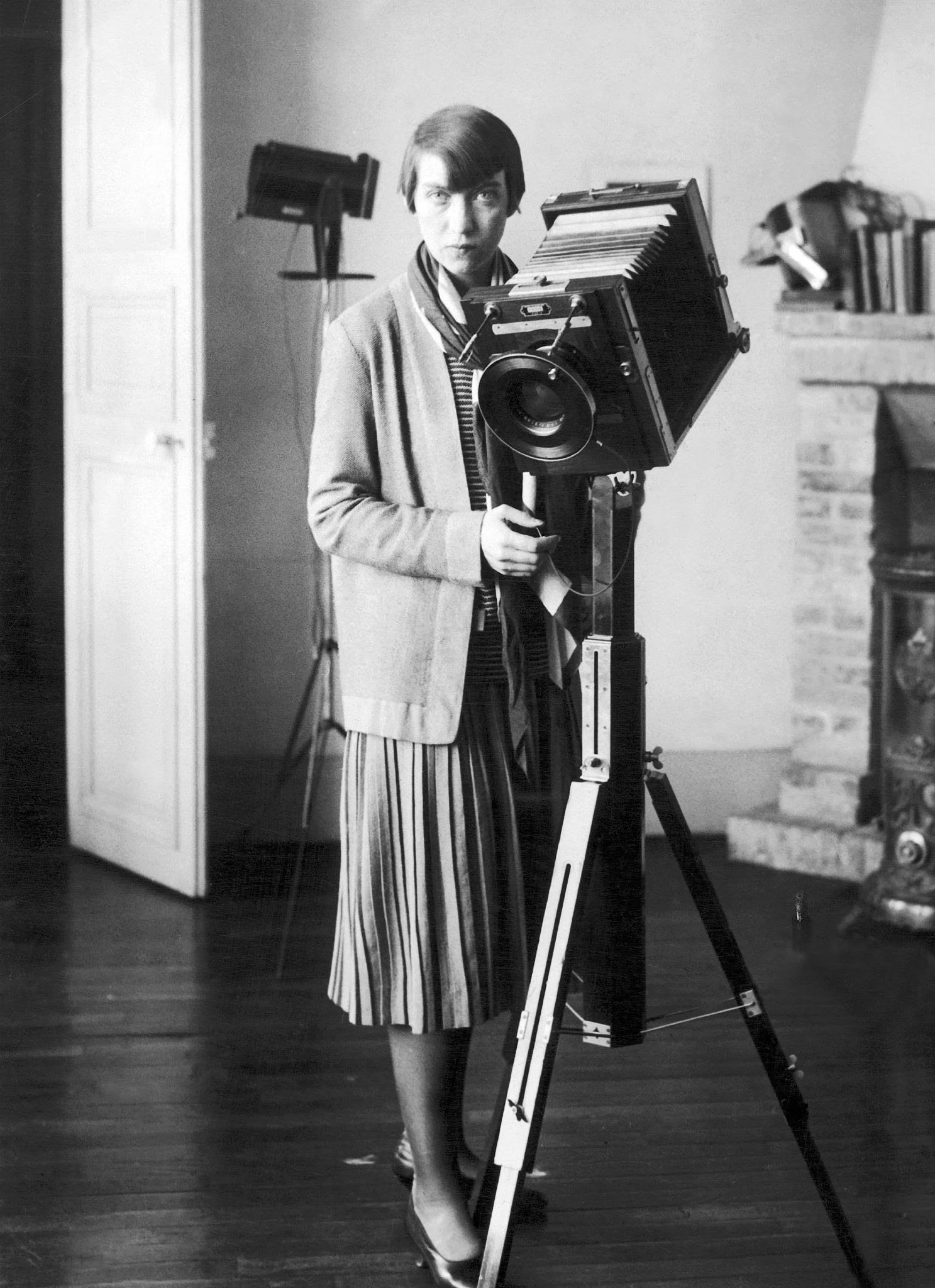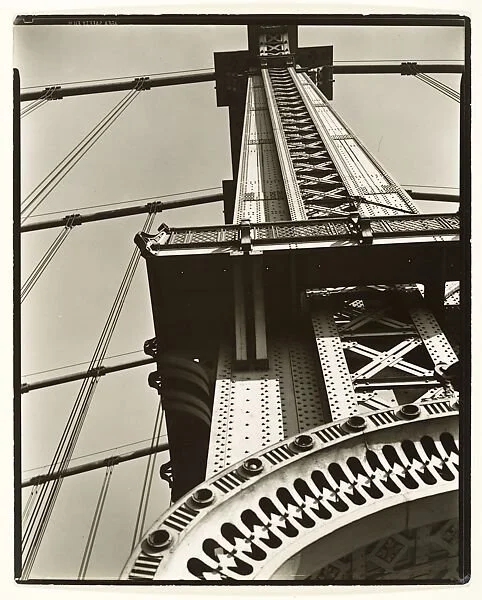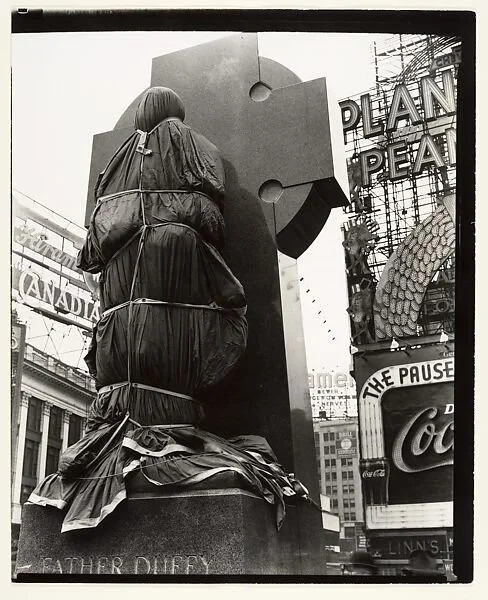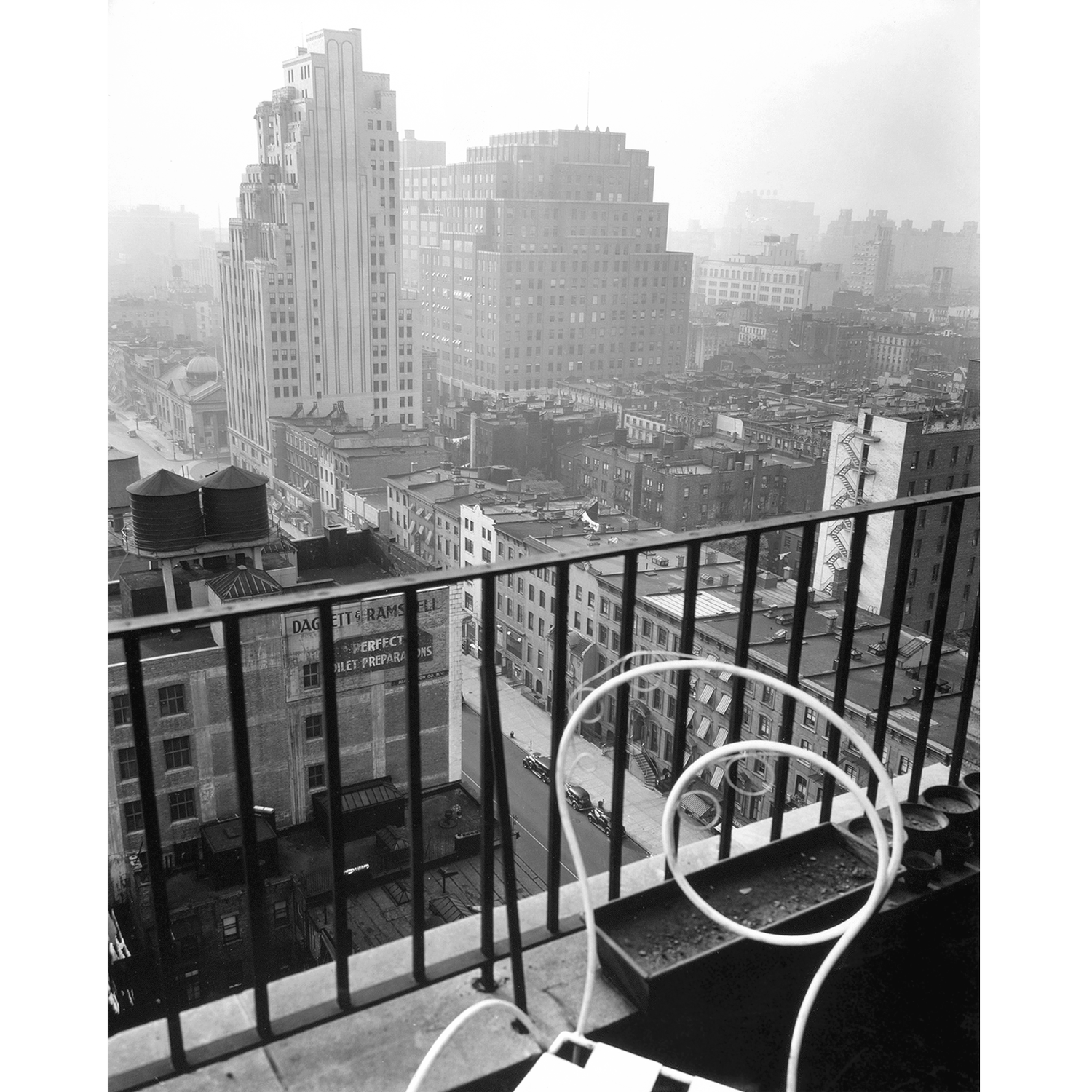Berenice Abbott-Fading Reflections of New York
Berenice Abbott
I’m going to contribute to the reoccurring discourse of “New York is not the same”. Well, New York hasn’t been the same since the early 2000’s; but that New York wasn’t the same as the NY of the 80’s, and the 80’s wasn’t the same as the 30’s, 20’s, late 1800’s, etc.
Different immigrant groups move in, others move out; others become Americanized after generations of living in New York. Different politicians come in and build, while some destroy- governments change and so does the city.
Many have photographed New York but no one has done it better than Berenice Abbott. One of the best artists who were part of the Works Progress Administration, made possible by Franklin D. Roosevelt. I’ve mentioned FDR’s WPA [Works Progress Administration] before in the article “Presidential Portraits Are Wack”.
“Manhattan Bridge, Looking Up”, 1936.
Abbott was a fan of Atget, after she was introduced to his work by Man Ray (another excellent photographer). I also wrote about Ategt in a previous article titled “35mm Photographers are the Djs of the Art World”. It feels right to say Abbott is the American counterpart to Ategt. The way she documented the city doesn’t feel like a government cookie cutter postcard, as you would expect a government funded photography project to require. Her “Changing New York” project is a sociological window into New York’s fading past, the then-current, and evident future, which is now our past. While being all this, the photographs are extremely artful.
“Father Duffy, Times Square”, 1937.
Father Duffy, Times Square is a witty photograph. The wrapped religious figure on the foreground of a capitalist background/landscape. It’s so simple, it’s genius. Her timing, luck, and great eye all comes to fruition here.
“Zito's Bakery, 259 Bleecker Street”, 1937.
At first, Zito's Bakery, 259 Bleecker Street might seem like any other photograph of an old bakery, but this photo has so much. The way the bread is organized, the hand painted signs, the typography, the word “SANITARY” instead of an “A” rating, the slightly avant-garde angle- and possibly the notion of an immigrant presence that might be a thing of the past (this bakery closed in 2004). Keeping the baskets and the cellar in the foreground is another aspect I love about this photograph. Way more interesting than a straight on, ‘clean’ photograph of the window.
“General View from Penthouse, 56 Seventh Avenue”, 1937.
Again, the angle and the foreground. The chair, the pots with no plants and the iron railing allows the viewer to be in the photograph rather than look at it. It’s a dominating foreground but Abbott was still able to capture the city and all its charm clearly. Notice how low all the buildings used to be.
Murray Hill Hotel: Spiral, 1935.
Abbott was clear, yet abstract. I feel she was able to check all the boxes for the uses of these photographs. They surpass a simple documentary series- they are studies for architects, designers, history lovers, New Yorkers and anthropologists. Real art.
I encourage you to look up more of her work.
V.N





